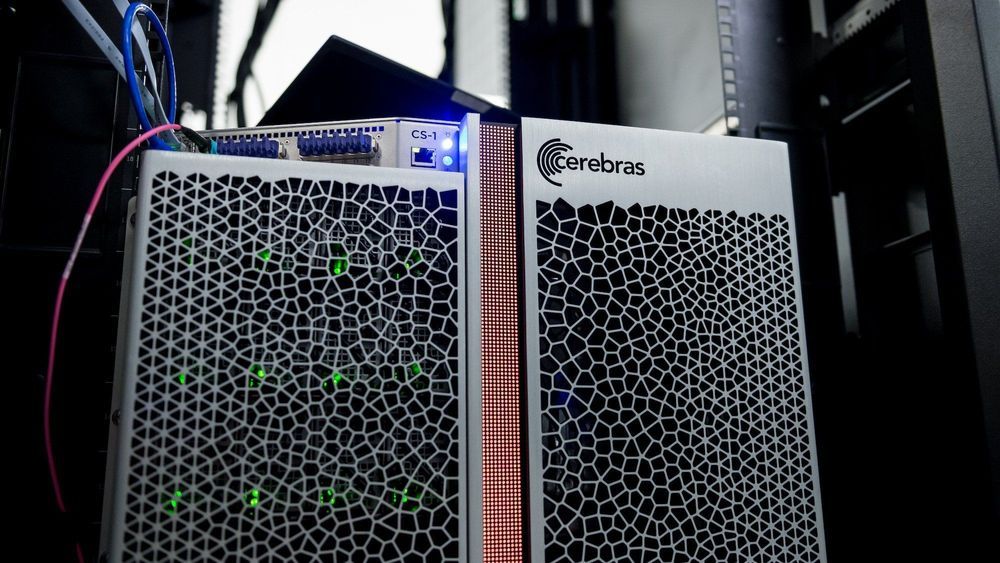Google has increased the maximum prize for its Android bug bounty program to $1 million for anyone who can compromise the Titan M security chip found in its Pixel phones. The top prize is for a “full chain remote code execution exploit with persistence” of the dedicated security chip. On top of that, there’s an additional 50 percent bonus if a security researcher is able to find an exploit on specific developer preview versions of Android, resulting in a potential prize of $1.5 million. The new rewards take effect starting today.
Introduced with 2018’s Pixel 3, Google’s Titan M security chip cordons off your smartphone’s most sensitive data from its main processor to protect against certain attacks. Google says the chip offers “on-device protection for login credentials, disk encryption, app data, and the integrity of the operating system.” Since its introduction, the chip has also been integrated with Android’s security key functionality where it’s used to store a person’s FIDO credentials. Suffice it to say, the integrity of the Titan M is an important element for the security of recent Pixel devices.








